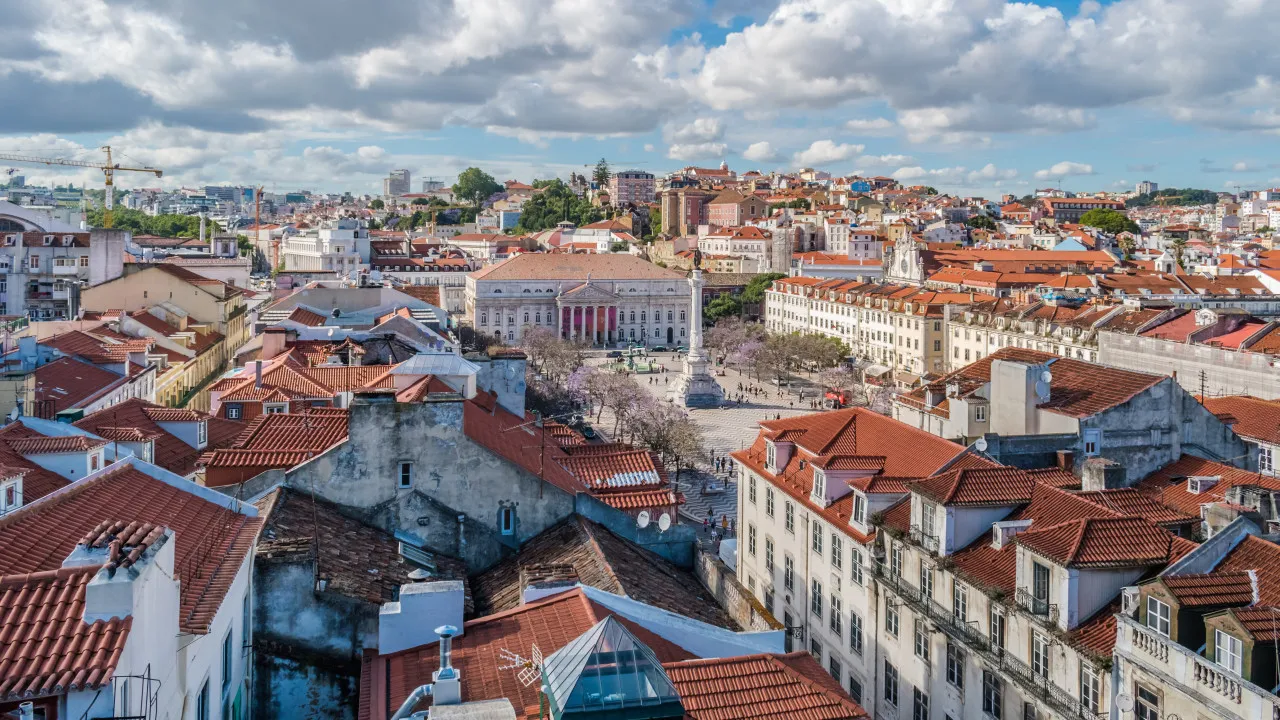
The Mobility Plan proposal for the Historic Center was presented by the municipal assembly of Lisbon, led by councilor Miguel Coelho (PS). The plan, devised by the local Council in collaboration with residents, traders, and experts, aims to foster public debate and guide future decisions made by the City Council, which oversees mobility issues.
The plan seeks to prioritize residents, enhancing their quality of life and environmental conditions. It aims to make the area safer, improving the safety of movement within these spaces, protecting parking for residents and traders, and increasing pedestrian-only streets.
A key component of the plan is restricting traffic in the parish, already a Low Emission Zone (ZER), to electric or hybrid vehicles, apart from specified exceptions. This initiative aims to cut vehicle traffic by 40,000 cars daily in the area, which currently sees traffic ranging from 130,000 to 140,000 cars each day.
Miguel Coelho’s estimates show these measures could reduce greenhouse gas emissions by 60,000 tons annually.
The plan also proposes a maximum speed limit of 30 km/h across the parish, enforced by radars and warning lights.
Public consultation participants suggested further restricting the Baixa area, particularly between Rua do Ouro and Rua da Madalena, by establishing a ZAAC – Conditioned Vehicle Access Zone, covering the area from Rua da Madalena to Rua do Ouro.
The proposal suggests the ZAAC could decrease traffic on Rua da Madalena by two-thirds. Alternatively, the street could be closed to traffic (with some exceptions) if two-way traffic is allowed on Rua do Ouro.
The ZAAC creation also envisions conditioned access routes to parking areas and surrounding hills, such as Chiado via Rua do Ouro and the Castle’s hill via Rua dos Fanqueiros.
In this more restricted zone, streets like Sapateiros, Douradores, and parts of Comércio (between Rua dos Fanqueiros and Rua do Ouro) may become pedestrian-only, subject to some exceptions.
Rua da Prata is slated to become a “green corridor,” primarily for soft mobility, with scheduled time slots for residents’ vehicle access.
The proposal includes exclusive parking zones for residents with district stickers on Rua dos Fanqueiros, Rua da Madalena, and Rua do Crucifixo, along with designated areas for authorized vehicle loading and unloading.
Exceptions to the ZER restrictions in Santa Maria Maior include residents (with dual validation by the Council and EMEL), individuals with reduced mobility, vehicles accessing parking lots, emergency and rescue vehicles, law enforcement, loading and unloading operations, public transport, and taxis (only low-emission ones), as well as Council and City vehicles and tourist activity vehicles.
Tuk-tuks and ride-sharing vehicles were identified as “sources of disruption and pollution” and are expected to undergo specific regulation. The proposal suggests they should have designated operation zones for passenger drop-off and pick-up within a 15-minute limit, particularly in the block between Rua da Madalena, Rua do Comércio, Rua dos Fanqueiros, and Rua da Alfândega.
“This is a process, and processes are always extended and do not conclude within a single term. But we believe that in the next term, whoever is in charge, there are all conditions to establish a mobility plan for the parish and possibly for Lisbon’s historic center,” stated Miguel Coelho, who is in his final term as president of the Santa Maria Maior Council.




